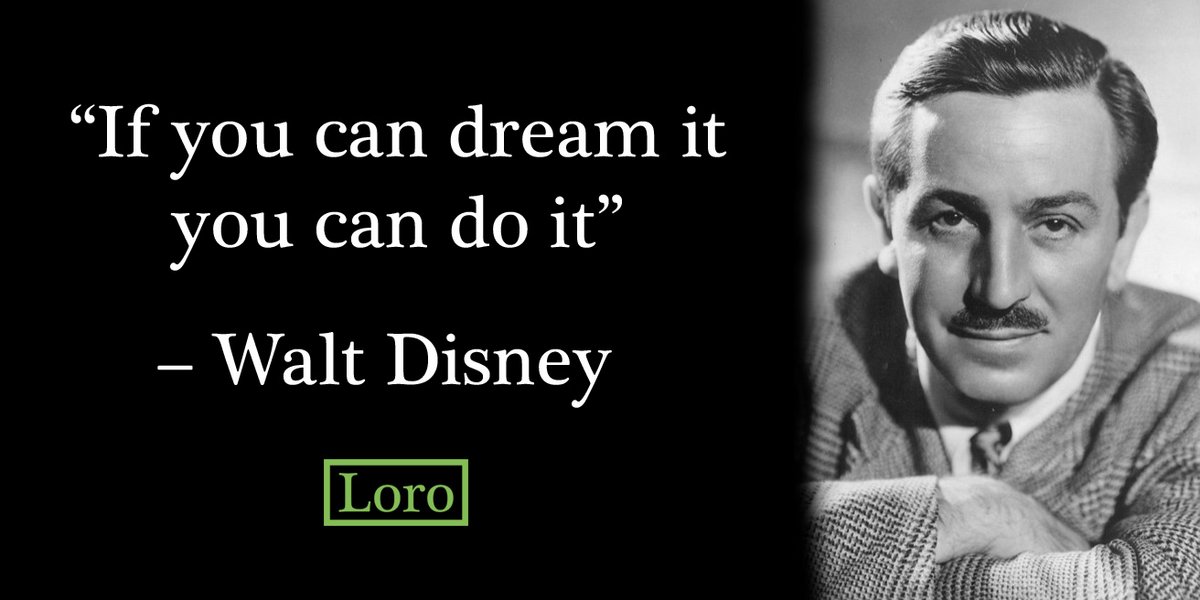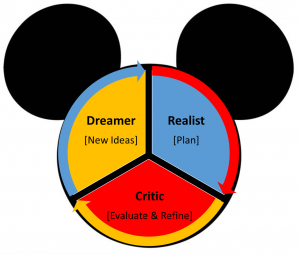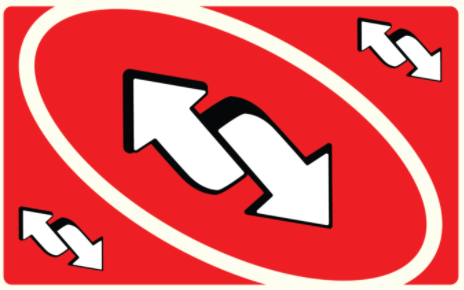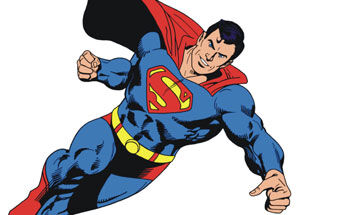Methods for brainstorming
Brainstorming is using your brain to ‘storm’ a problem with a host of creative solutions. It is a technique used for idea generation and to spark creativity.
There are numerous methods to brainstorm - right now you can learn more about design thinking:
Design thinking
Design Thinking is a mindset, starts from possibilities and focuses on innovation. Design thinking stimulates creativity and curiosity. It starts from a genuine curiosity by exploring and experimenting. The different steps are:
- Empatize (diverge) : what is the need, what is the problem? Get to know your customer (values, needs, desires, experience, ...) by researching from genuine interest and curiosity.
- Define (converge): Bring structure to the chaos by defining the problem. You can use an empathy map or customer journey to do this.
- Ideate (diverge): come up with as many ideas as possible, think out of the box ideas without judgment
- Prototype (converge): experiment! The prototype should not be finished, it should only contain some elements that you would like to test.
- Testing: Test first with friends or colleagues, then with your target group. Don't tell too much, let the experience speak for itself.
- Implementation: What is the next step you will take? What adjustments will you make to go through the cycle again?
Check out this video where Lasse Chor from Happy 42 gives a great introduction to design thinking (English, 59’):

Designmentor Lasse Chor
Lasse Chor is a Danish entrepreneur who started his first company at the age of 13, and has since then been heavily involved in the Danish and global entrepreneurship ecosystem.
Through his current company Happy42 Lasse is currently mentor for a number of startups around the world, and advisor to a handful of large corporations including some Fortune 500 companies.
The Walt Disney technique
Walt Disney is the symbol of the possibility of building a successful business empire on the basis of creativity and fantastic ideas. He had the ability to do what all innovators do: to turn something that exists only in fantasy into a reality that positively affects the reality of others.
One of the key elements of Walt Disney's strategy was his ability to explore and look at something from different perspectives and take advantage of the synergy of those different perspectives.
The ‘brainstorm like Disney’ is a constructive method to think of and refine ideas from different angles, thereby combining 'the dream' with realism. By compartmentalizing the stages, you don't risk letting reality get in the way of the dream.

Disney used three different stages: that of the Dreamer, the Realist and the Critic.
The Dreamer stage is needed to generate and formulate unprecedented, creative and new ideas and goals. The Realist phase is needed to imagine how those ideas could be realized in practice in order to really live it. The Critic phase is needed to test, filter and refine the ideas.
Each participant in the brainstorm looks at the project from 3 different angles. She or he takes on each of these 3 roles, one by one:
The Dreamer
This stage is for fantasizing, everything is possible, the wildest ideas first. Creating the most fantastic and absurd ideas as possible. No filter. Just wonderful, raw ideas. This stage is about “why not?”
The Realist
As the Realist, the Dreamer ideas will be re-examined and re-worked into something more practical. It isn’t about the reasons it could not be achieved, but only about how it can be done. Don’t look at the risks and limits yet. This stage is about “how" will these wild ideas be realized - what do we need.
The Spoiler
In the third stage, we need to become the critic… shooting holes in the ideas we first came up with. The devil's advocate... Search for weaknesses in the idea, what is lacking, what else do we need, what are the risks and dangers, what could go wrong, is it exiting enough, can we make money with it, ... Don't be negative, but constructive
It is said, the ideas that survived this process were the ones Walt would work on.

The reverse brainstorming technique

Instead of thinking about direct solutions to a problem, reverse brainstorming works by identifying ways you could cause or worsen a problem. You then reverse these ideas to find solutions you hadn't thought of before.
This technique builds on our natural ability to more easily see problems than solutions. Instead of asking a group to brainstorm ideas that would work, the group brainstorms all the ways that they could cause a plan to fail. This technique is used because it can be easier to criticize and see gaps in a plan than to find solutions to make a plan work. So instead of asking, "How do I solve or prevent this problem?" ask, "How could I possibly cause the problem?" And instead of asking "How do I achieve these results?" ask, "How could I possibly achieve the opposite effect?" Brainstorm answers to generate reverse solution ideas. Allow the ideas to flow freely – do not reject anything at this stage.
First we think of solutions which could make the problem worse, then we reverse them by turning them into new, innovative ideas. Once you have brainstormed all the ideas to create the problem, now reverse these into solution ideas for the original problem or challenge.
For example, if the challenge is 'how can you reduce number of fatal car accidents', this becomes 'how can we cause more fatal car accidents'. Now think of ideas which offer a solution to this reversed challenge. How can you worsen the problem instead of finding a solution for it? When you have a list of 'more damaging ideas' you turn around these solutions. In order words: turn these negative ideas all around into positive ideas. In that way you will find a list of solutions for your original challenge.
The Superhero technique

This is a very simple brainstorm technique where you step into the shoes of a superhero and discover how they would solve your challenge. Instead of a traditional brainstorming session where each one of us will throw out ideas that may or may not work, we will assume the identity of a superhero and attempt to come up with solutions to the problem that these superheroes might suggest. This role playing allows to step outside of our usual way of thinking, get in touch with our creativity and come up with solutions we might never have considered before.
6 Thinking hats – De Bono
Six Thinking Hats is a simple, effective parallel thinking process that helps people be more productive, focused, and mindfully involved. A powerful tool set, which once learned can be applied immediately!
You and your team members can learn how to separate thinking into six clear functions and roles. Each thinking role is identified with a colored symbolic “thinking hat.” By mentally wearing and switching “hats,” you can easily focus or redirect thoughts, the conversation, or the meeting.
- The White Hat calls for information known or needed. "The facts, just the facts."
- The Yellow Hat symbolizes brightness and optimism. Under this hat you explore the positives and probe for value and benefit.
- Risks, difficulties, Problems – The risk management Hat, probably the most powerful Hat; a problem however if overused; spot difficulties where things might go wrong, why something may not work, inherently an action hat with the intent to point out issues of risk with intent to overcome them.
- The Red Hat signifies feelings, hunches and intuition. When using this hat you can express emotions and feelings and share fears, likes, dislikes, loves, and hates.
- The Green Hat focuses on creativity; the possibilities, alternatives, and new ideas. It’s an opportunity to express new concepts and new perceptions.
- The Blue Hat is used to manage the thinking process. It’s the control mechanism that ensures the Six Thinking Hats® guidelines are observed.